
Real Estate Listing Aggregator Akvarto
Akvarto is a service that collects real estate listings for buying and selling properties from various popular platforms. Its main goal is to simplify the property search process, save users time, and provide a comprehensive view of the market.
Role
Product designer
Platform
Desktop, mobile
Scope
Research, strategy, 0-1 product
Users
- Individuals looking to improve their living conditions or invest in an apartment at the best price without involving realtors.
- Flippers aiming to profit by buying liquid apartments below market value for resale.
- Realtors seeking to find properties for clients or convert property owners into customers.
Context
The business had an idea for a new service but lacked data on its market demand and potential customers' willingness to pay. The challenge was to quickly test the hypothesis and make an informed decision: proceed with development or focus on other opportunities.
To address this, we created a unique value proposition (UVP), conducted market research, identified the target audience, and developed customer profiles. A landing page was launched to showcase the service, measuring the conversion rate for subscription-based pricing plans. Simultaneously, we conducted brief surveys with the target audience.
The results were promising: a 5.3% conversion rate for pricing plan clicks and survey feedback indicating that 70% of respondents were willing to pay within the proposed price range. Based on these insights, the decision was made to proceed with the development of an MVP.
Process

The service design process began with a comprehensive study of user needs. Simultaneously, we worked on creating a thematic website and attracting targeted traffic. To gain a deeper understanding of the audience, we conducted a series of interviews with individuals and realtors.
Using the collected data, I developed a detailed Customer Journey Map (CJM) and analyzed popular classifieds platforms. This analysis enabled us to craft key user scenarios and align the service with the needs of its audience.

I created and refined user scenarios using wireframes.

The next step was creating clickable prototypes to validate our hypotheses and test user scenarios. We tested the prototypes with target users, which provided valuable feedback. Based on the results, I iterated and improved the prototypes.

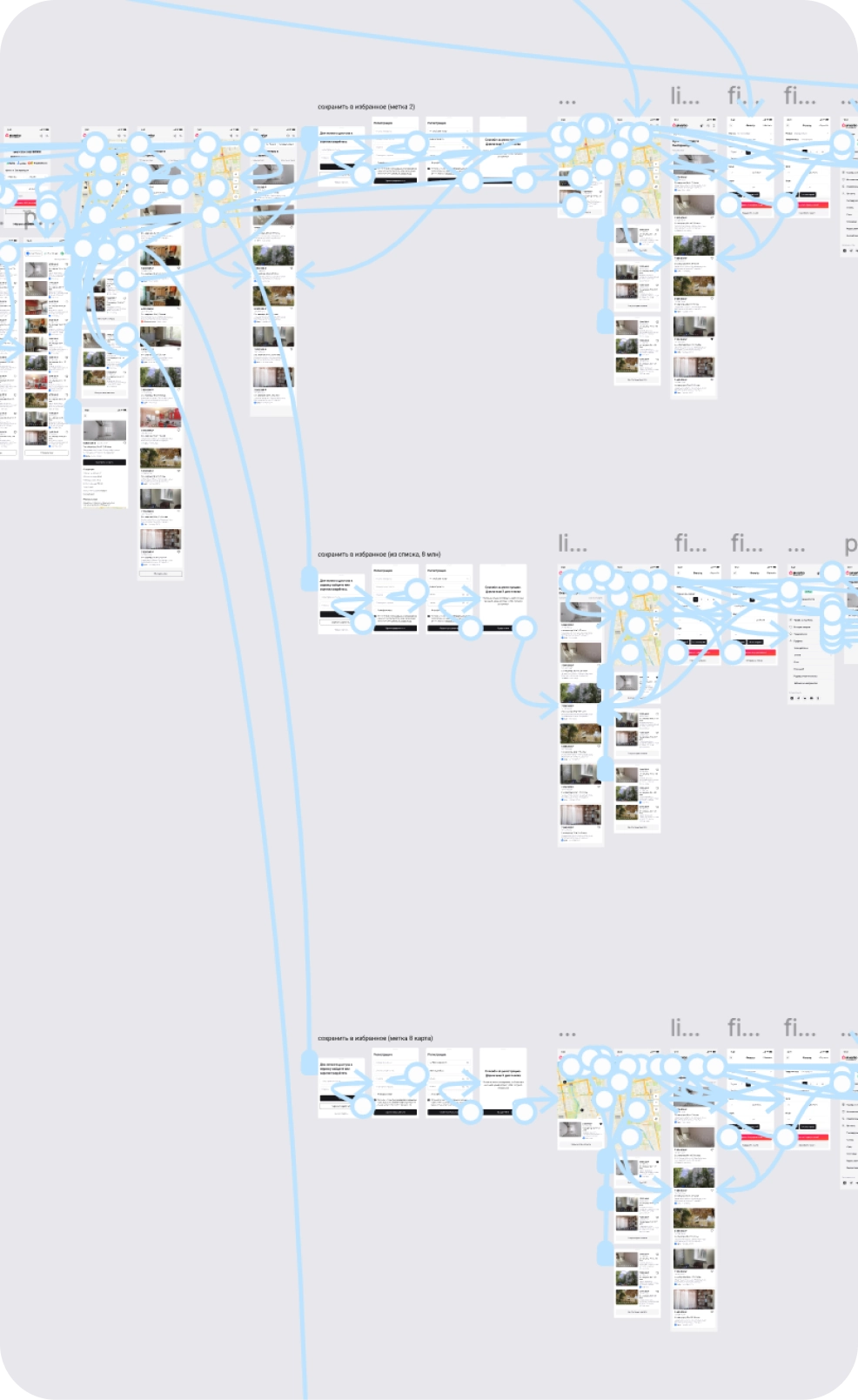
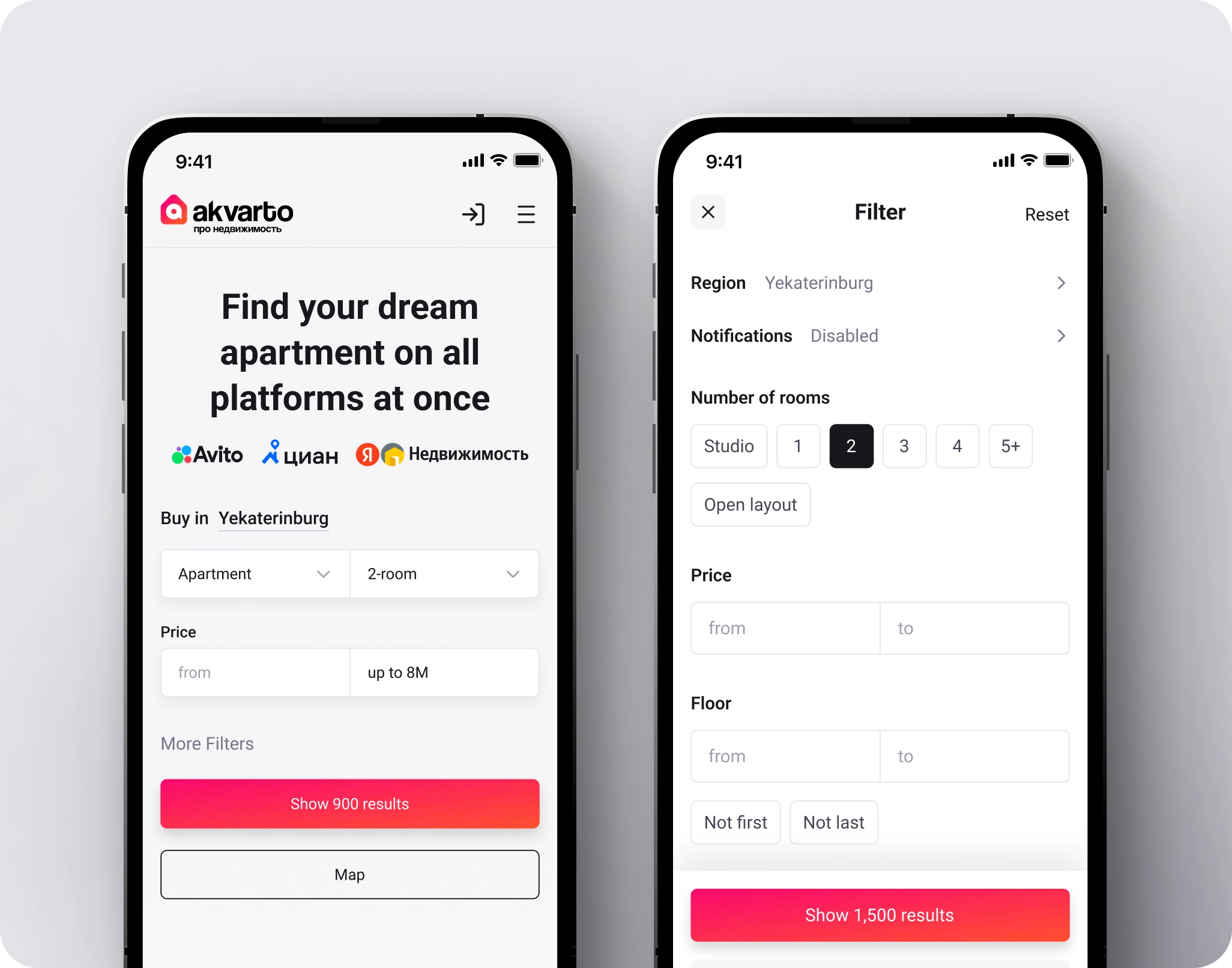


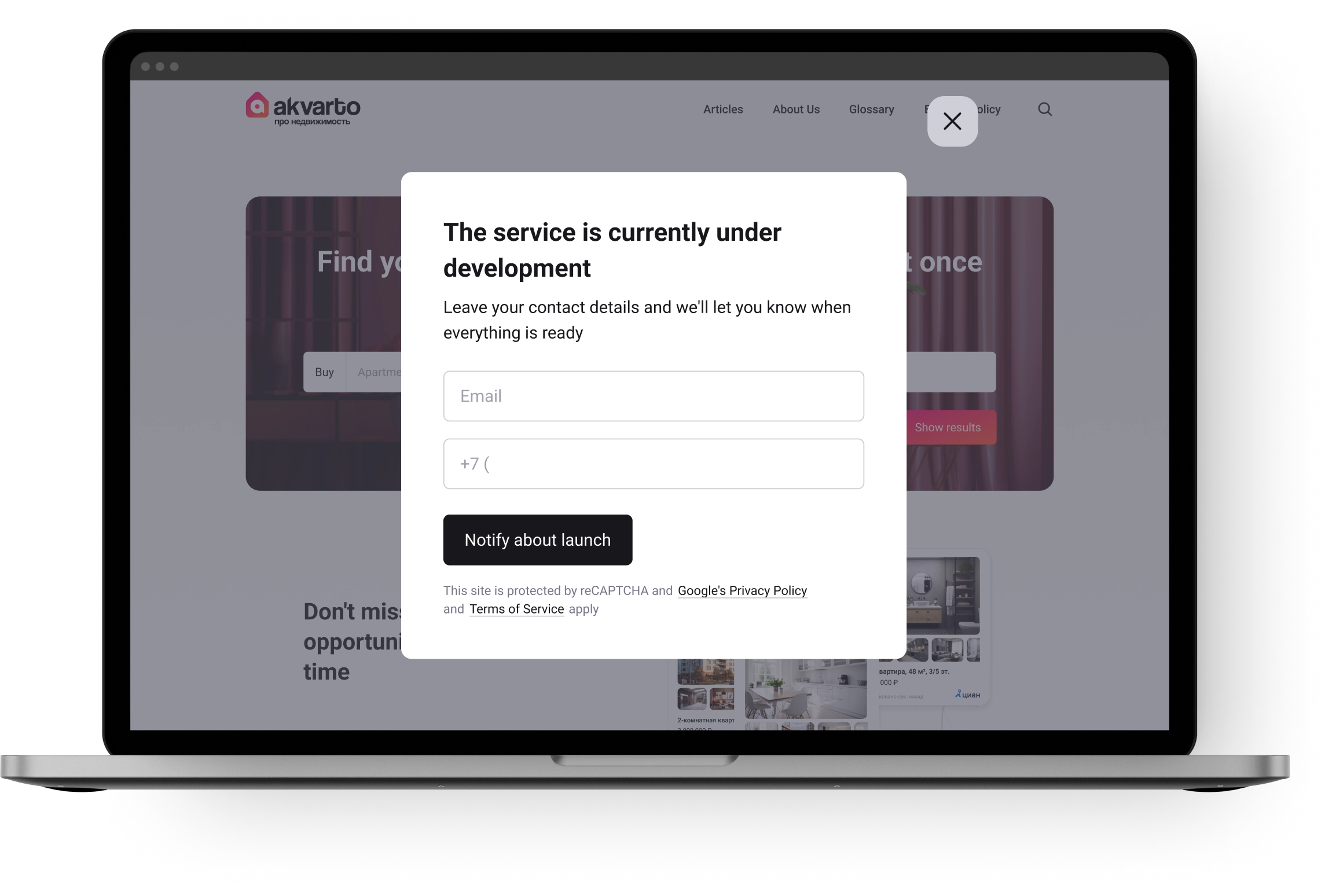
Driving Traffic and Engaging Users
While the service was still under development, we needed to start driving traffic to the website and building a lead base of individuals interested in real estate, with the goal of converting them into future users of the service.
I created an article section, organizing all content into categories with easy navigation using chips at the top of the page. Since most traffic is directed to these pages, I included lead capture forms in every article. To strengthen the brand and build a community, I added links to our social media accounts, enabled quick article sharing, and allowed users to leave comments.
To boost user engagement and gather data for future article creation, we developed a survey block to be placed at the end of articles or on the main page of the article section. This approach helps us gather valuable statistics and insights while keeping users actively involved.

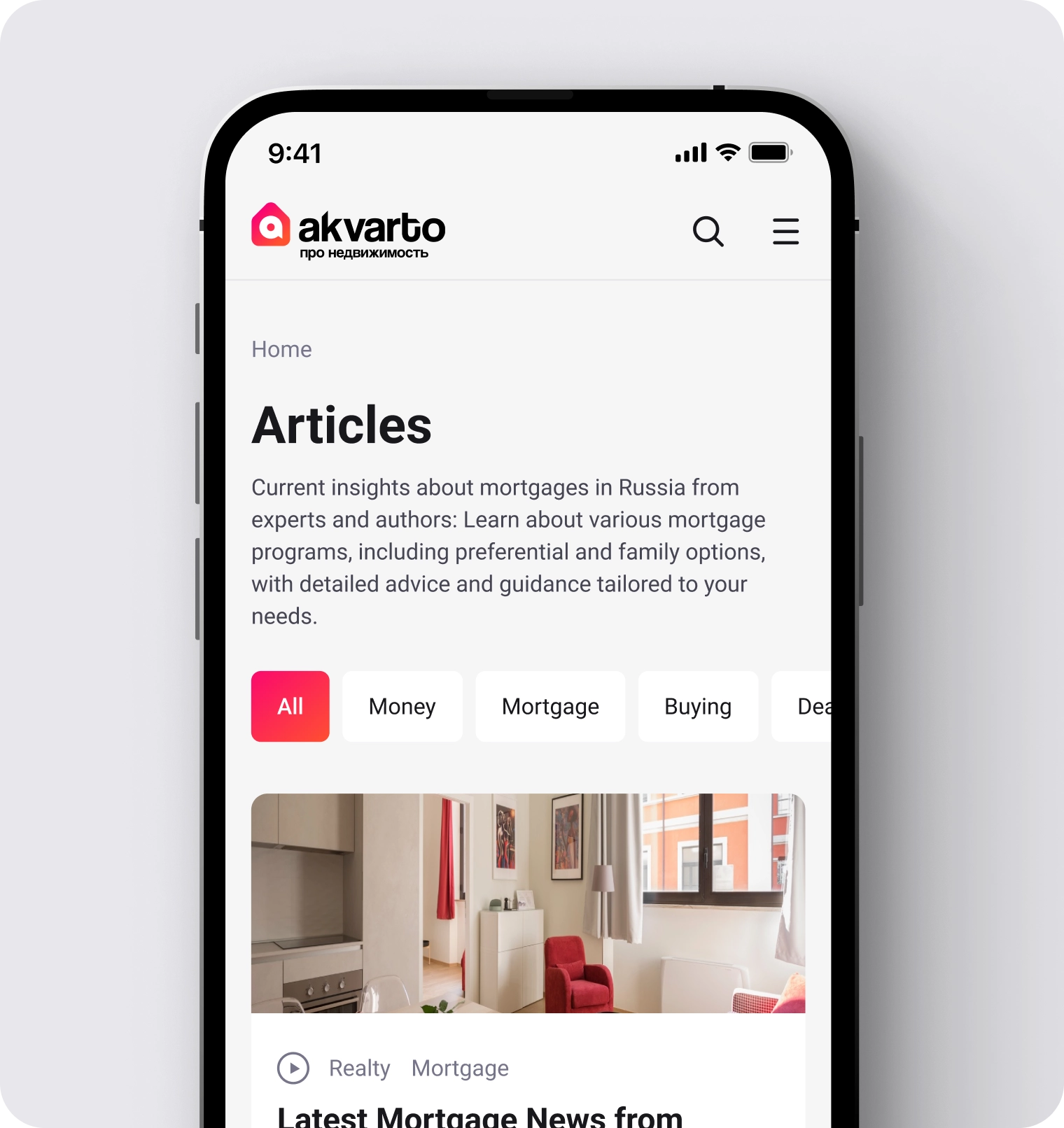


Users often search for various documents, such as "sample purchase agreement" or "deed of gift" and so on. To capture these users, I created a "Document Library" section where they can download or print the necessary document.
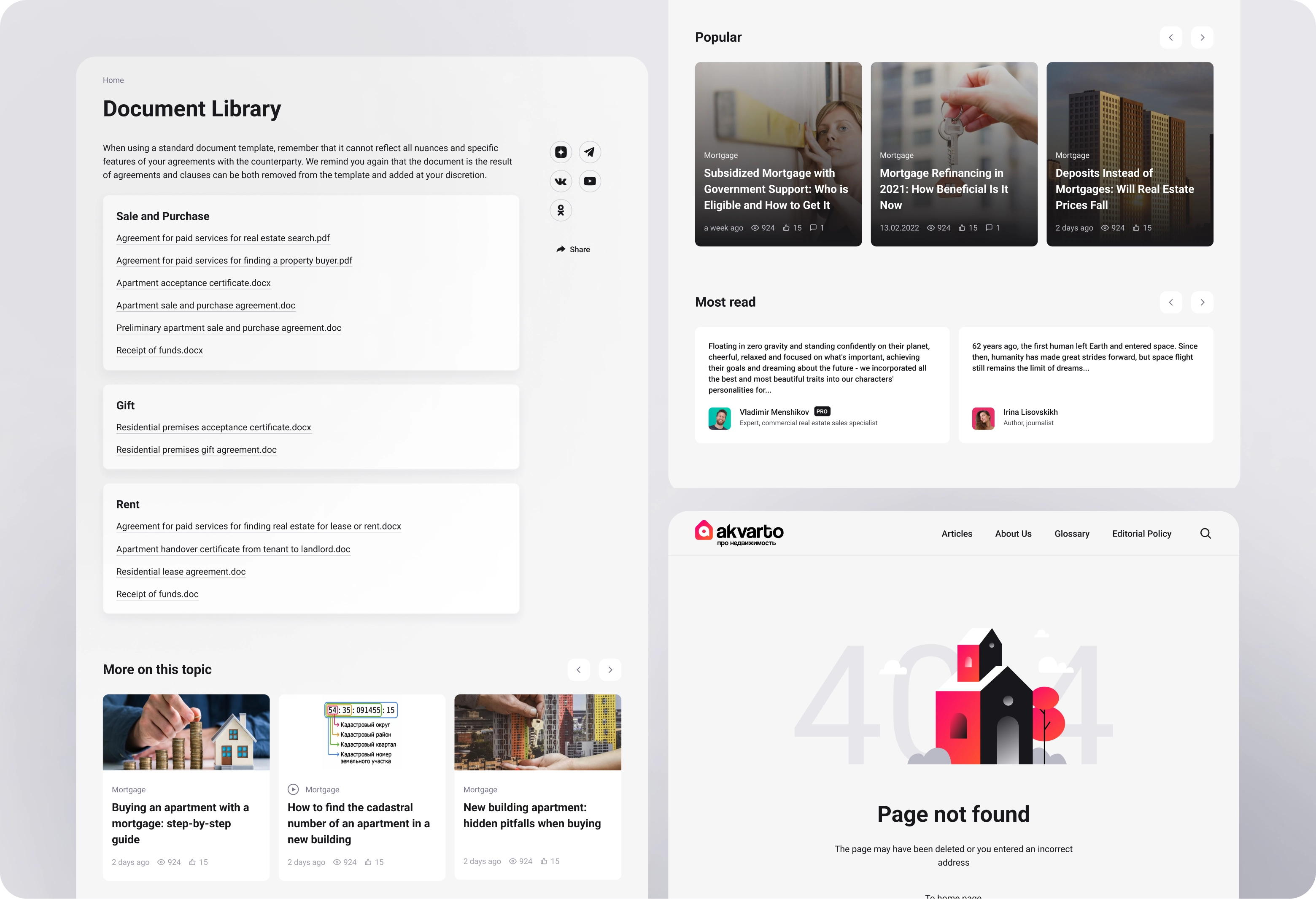

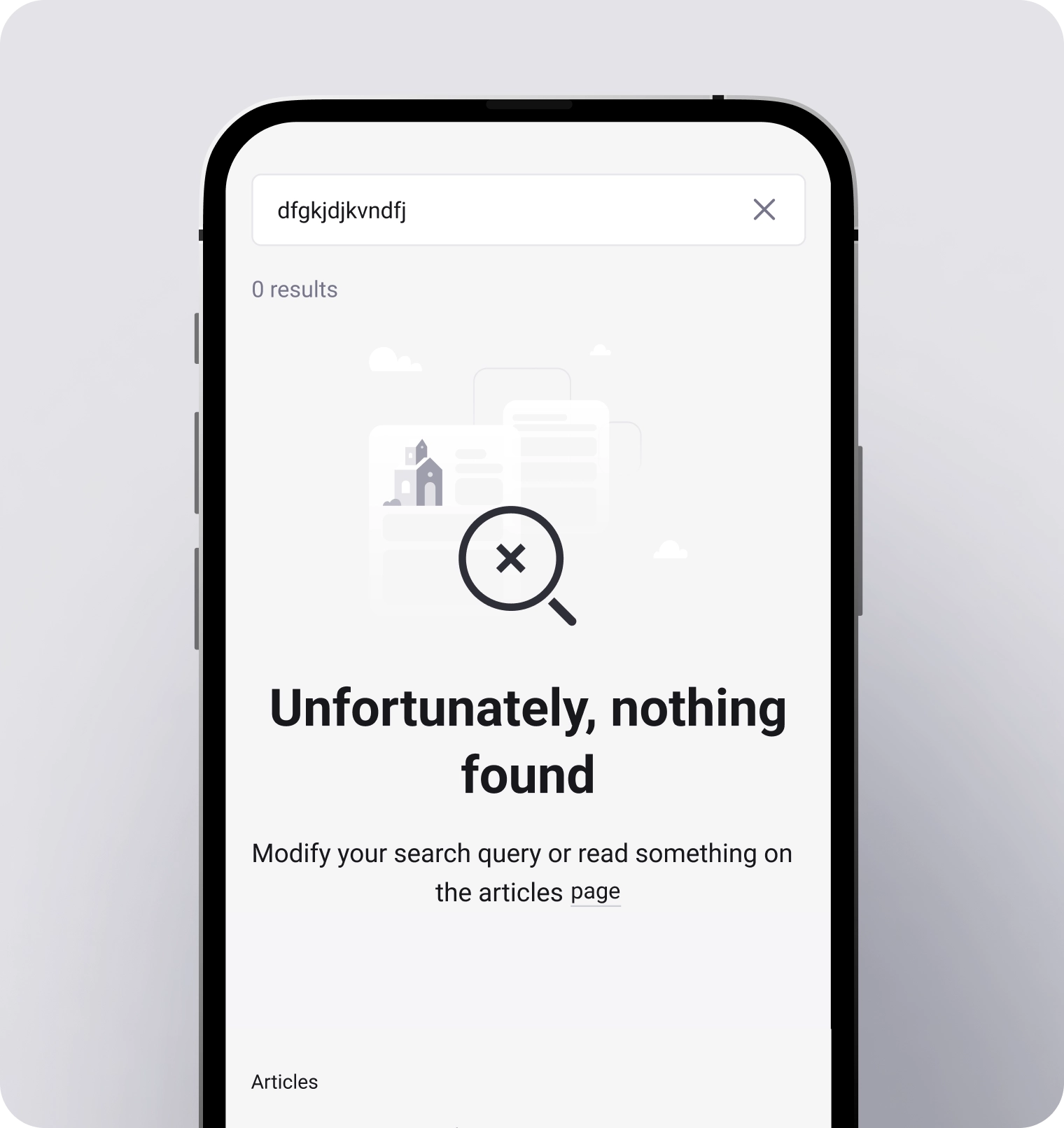


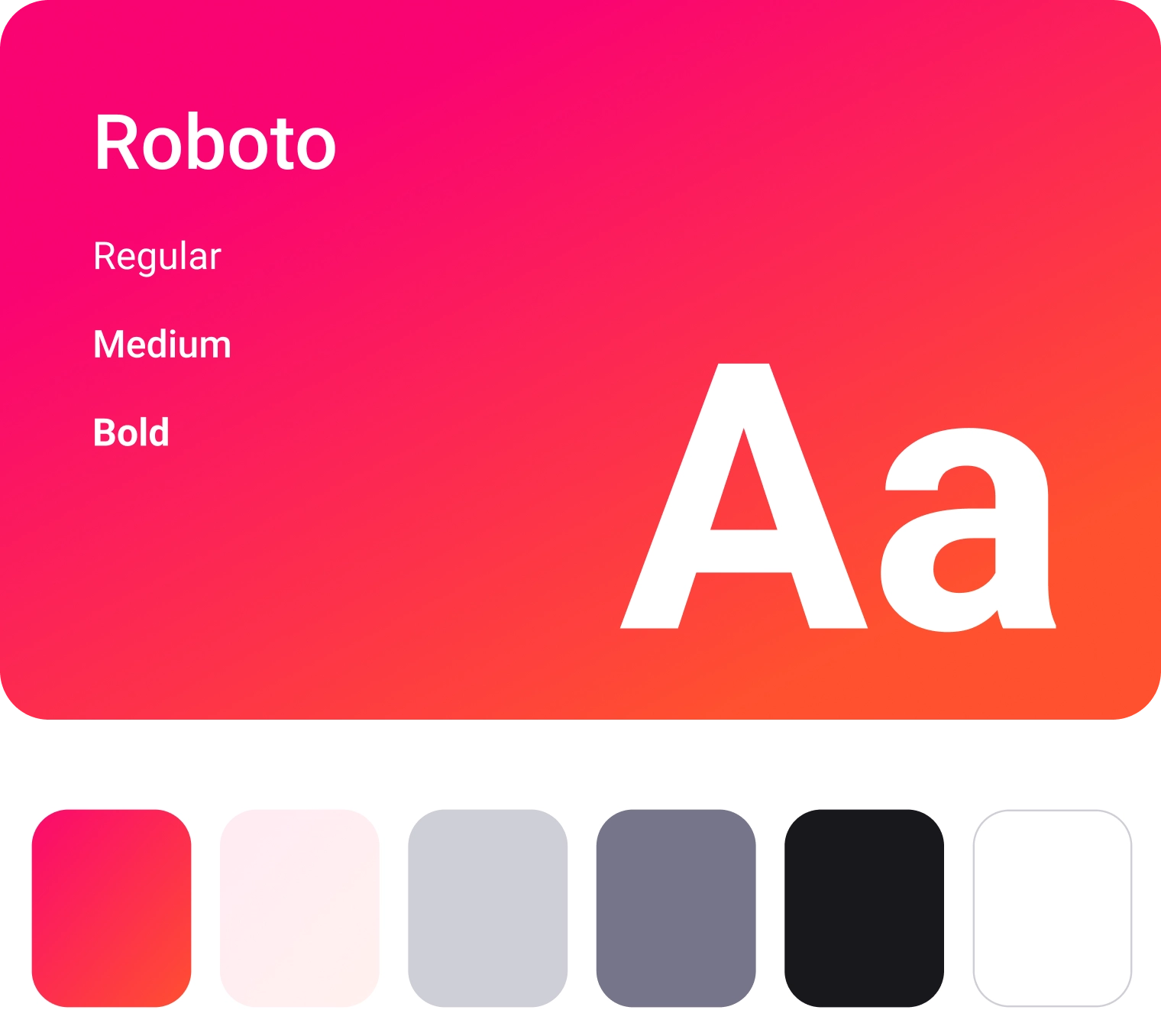
Result
MAU is growing from scratch by +30% each month. On average, one user views several articles per session. The lead capture form hasn't performed very well, so we need to experiment and look for other options to achieve the necessary results.
The MVP of the service is currently in testing and development.
Next project